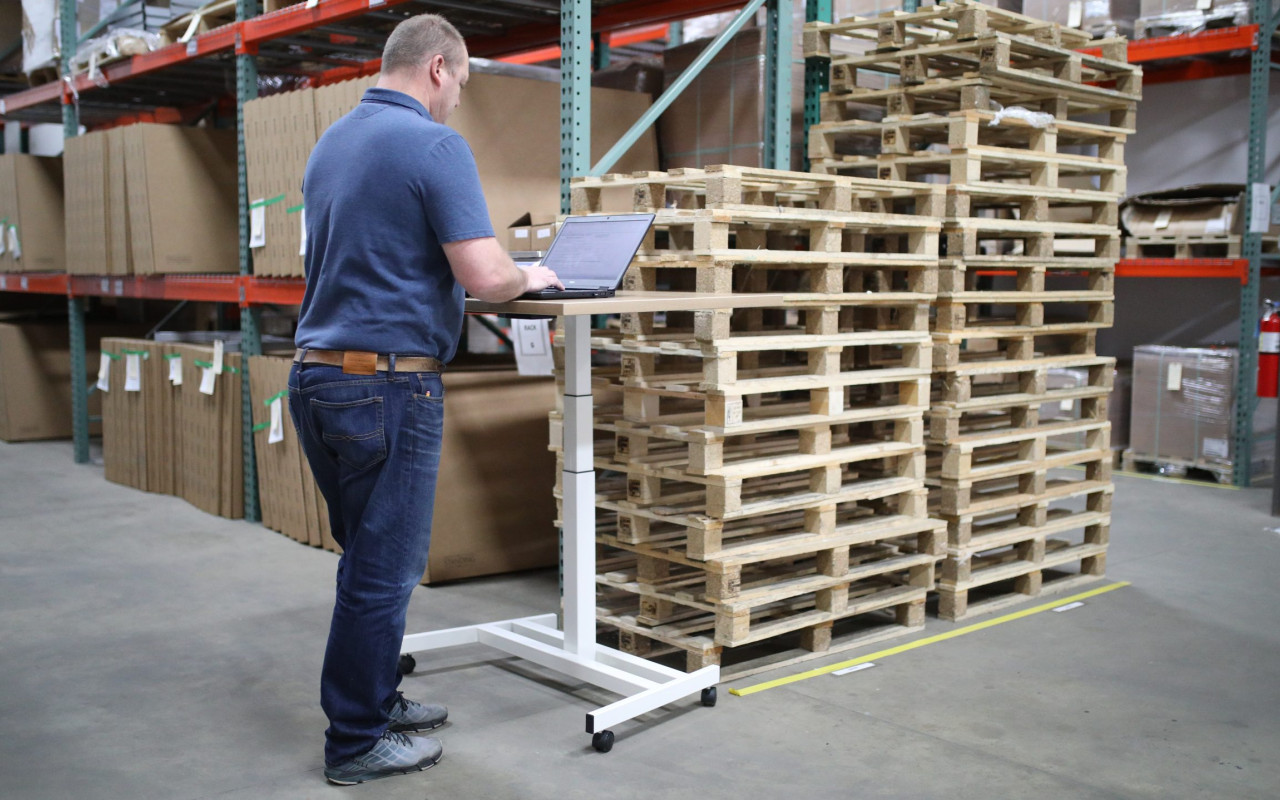-
IoT Knowledge Base
Learn the key concepts you need to know. Without the technical jargon.
-
IoT Reports & Guides
In-depth research, white-papers and guides from Pelion.
-
Blog Articles & News
The latest insights on industry trends, best practices, and Pelion announcements.
-
Events & Webinars
Upcoming events, online sessions, and expert-led webinars
-
About Us
Our mission, values, team, and the solutions we offer in the IoT space.
-
The Team
Meet our team behind Pelion's effortless connectivity.
-
Careers
Job opportunities, company culture, and the benefits of joining our team.
-
Sustainability
Our commitment to environmentally responsible practices.
-
Contact Support
-
Contact Us
- Blog Articles & News
- Tracking your products: Made easier with eSIM
Tracking your products: Made easier with eSIM
February 08, 2022 — 5 min read

Adding a trackable embedded connectivity chip to previously unconnected products enables manufacturers to harvest a constant stream of data before, during and after their product is shipped. This provides end-to-end real time visibility of their supply chain, which means that not only can they constantly monitor the status of products and take immediate action to protect their integrity, but also optimize their supply chain and processes.
In a typical logistics deployment without eSIM, the manufacturer loses ‘sight’ of the products as soon as it rolls out the door. As a result, it’s hard to harvest device performance data and troubleshoot issues without sending an engineer to access the device —which is expensive, time-consuming or even impossible if the device is completely inaccessible aboard a shipping container.
If the retailer or solution provider wants to add greater visibility, they will look to add a tracking solution by retrofitting connectivity. By embedding connectivity from the beginning, the manufacturer benefits from this demand, instead of an aftermarket solution provider.
eSIM programmability gives the end user more flexibility and more choices for connectivity. With a SIM card embedded into the device and connected to a management platform, a flow of analytics data can be gathered in real-time. ‘Always on’ connected devices provide new levels of insight into the journey of a product from factory to consumer.
Increasing connectivity at the last-mile for critical supply chains
The last mile before delivery is the place where visibility is most critical, yet communication often breaks down. In healthcare, for example, deliveries to hospitals and nursing homes are fraught with multiple requests for data on the same delivery.
Nursing stations on different floors within the same hospital will ask for information on the same medication and medical supplies. The cause? A lack of connectivity within hospitals and a lack of connectivity management between the different capabilities (cameras, GPS and scanning) of the drivers’ connected device (such as cell phones or tablets).
To make sure they have proof of delivery, and the hospital has the data it needs, a delivery company may end up providing the same data to 35 different people at one hospital, for example, on different floors and units.
Better connectivity across devices used by hospital staff could alleviate many of these problems. The expectation is that the use of real-time devices by hospital personnel will expand and that their connectivity with suppliers' devices will improve. This will mean that hospital personnel (nurses, technicians, procurement staff on different floors and different wings of the building) will have real-time visibility of the location of their order.
Helping retailers adapt to increased demand
In the past, consumers would go to a store, buy products, and bring them home themselves. Although that still happens, the largest demand for consumers is ordering online for home delivery. Many retailers have had to adapt their fulfilment strategy to meet the increased volume of delivery orders.
Retailers often depend on fulfilment houses to send the right products to the right customers. 99.7 percent order fulfilment accuracy may sound good, but a huge volume of orders means that even a 0.3 percent picking rate error leads to over 14 million errors per year. High employee turnover further complicates the issue.
Fulfilment houses need to make their operations simple and efficient, automating where possible and creating jobs where little to no training is required. Huge investment into location and navigation technology is needed to help seasonal workers learn quickly, and to optimize their picking efficiency and accuracy. Advances in asset tracking solutions will play an important role in helping fulfilment houses increase their accuracy rates.
For example, using IoT applications such as sensors instead of barcodes would reduce the labor costs associated with smart logistic tracking. Industry players are already investing millions of dollars to replace barcodes with IoT sensors, including smart chips generated by 3D printers.
With over 40 million parcels and shipments moving every day globally, the potential volume for IoT-based replacement is over 14 billion per year.
In addition, technology such as beacons may reduce the number of manual scans each package has to go through. When shipped, the typical package is scanned 25 times, costing the carrier $0.25-0.50 per package. By reducing the number of times a package is scanned, carriers can lower their shipping costs and expedite shipments, while at the same time providing real-time visibility into the shipment for the shipper and customer.
The sensors and tracking solutions created by logistics manufacturers can accelerate this digitalization – ultimately improving the resilience of the supply chain and maximising the numbers of shipments that can be processed. The flexibility of ease of an eSIM connected solution can shorten manufacturing time and time to deployment.
---
Learn more about the possibilities offered by eSIM on Pelion.com.